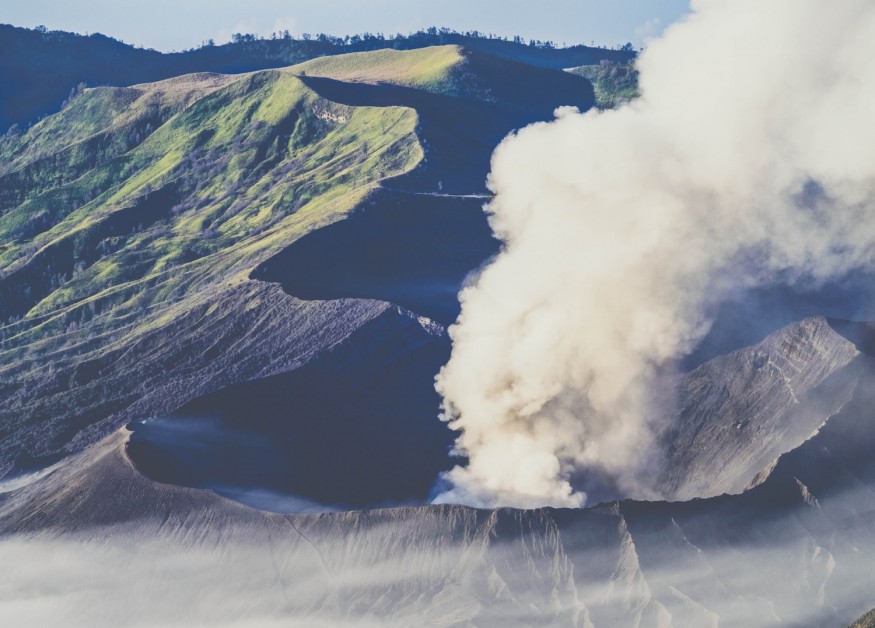The United States Geological Survey (USGS) has issued an orange code, a watch warning for three volcanoes, a yellow code and an advisory notice for three volcanoes that they are monitoring around the nation.
The USGS says these six volcanoes are "exhibiting signs of elevated unrest above known background level". The world's most active volcanoes, Mauna Loa, Kilauea both on Hawaii Island, Cleveland in Alaska, and Pagan north of Mexico, are the other three with a yellow advisory level of alert.

The USGS monitors 169 potentially active volcanoes in the United States, with most of them located in Alaska. Here, there are over 130 active volcanoes and volcanic fields, existing since 2 million years ago. Since the mid-1700s, 50 have been volcanically active, and Alaska Volcano Observatory (AVO) examines them as well.
Hawaii is another area known for its volcanoes like Kilauea, Mauna Loa, and Hualalai. These volcanoes are active and hazardous on the Big Island of Hawaii, but none are erupting. Kilauea began to erupt on December 2020, and stopped just a few weeks ago.
The Hawaii Volcano Observatory (HVO) monitors Hawaii volcanoes, while the Alaska Volcano Observatory (AVO) monitors Alaska volcanoes. In addition, three other USGS volcano observatories monitor volcanoes in their respective regions. None of the other observatories have reported any unusual activity or anything other than background noise.
According to the United States Geological Survey (USGS), there are around 1,500 potentially active volcanoes worldwide, with 500 erupting in historical periods. The majority of the world's volcanoes are found around the Pacific's Rim "Ring of Fire." The Ring of Fire is an area on the Pacific Ocean's rim that has faced a lot of volcanic eruptions and earthquakes. Tectonic Plates cause lithospheric plates under and around the Pacific Ocean to move, clash, and/or be destroyed, resulting in the seismic activity known as the Ring of Fire.
Volcanic Activity Codes
Aviation Codes and Volcanic Activity Alert Levels are issued by the USGS and volcanic observatory units in the United States. Green, yellow, orange, and red are aviation codes.
When ground-based instrumentation is insufficient to determine whether a volcano is at a typical background level of activity, it is simply labeled as "unassigned."
Green indicates typical activity associated with a non-eruptive state, while yellow indicates a volcano is exhibiting signs of the increased potential of eruption.
Monitoring Volcanic Activity
The color of a volcano changes from red to orange when it experiences increasing or rising instability with an increased risk of eruption.
Finally, the code becomes red when an eruption is imminent with substantial volcanic ash emissions predicted in the atmosphere, or when an eruption is underway.
The alert levels for volcanic activity include normal, advisory, watch, or warning. When data is insufficient, the volcano is simply labeled as "unassigned," like how aviation codes are labeled when data is insufficient. When the volcano is at normal background activity in a non-eruptive condition, it is termed normal.
An advisory is issued if the volcano shows symptoms of increased disturbance above the background level. A watch is issued when a volcano shows signs of increased or rising disturbance, whereas a warning is issued when a dangerous eruption is imminent.
© 2025 NatureWorldNews.com All rights reserved. Do not reproduce without permission.





